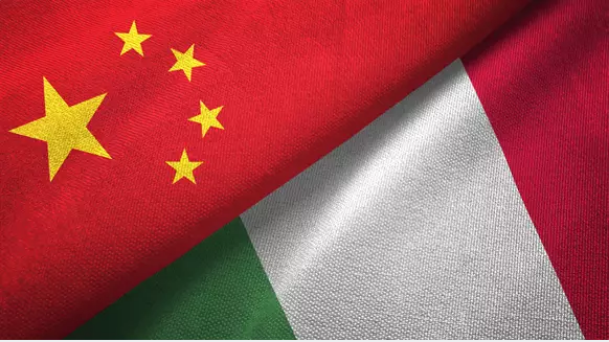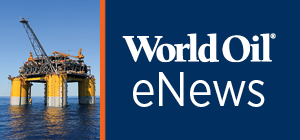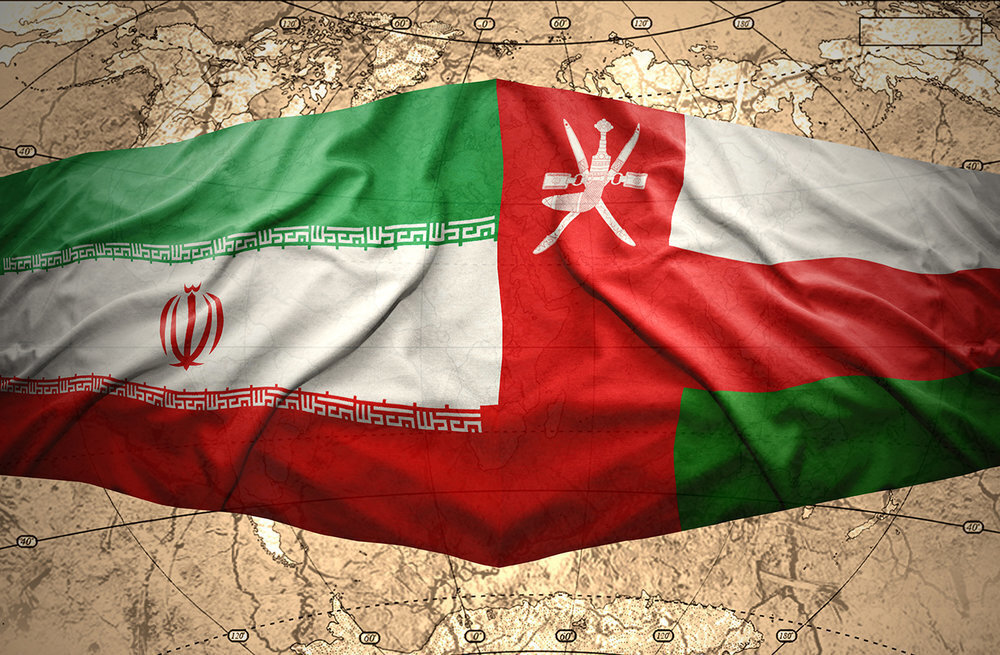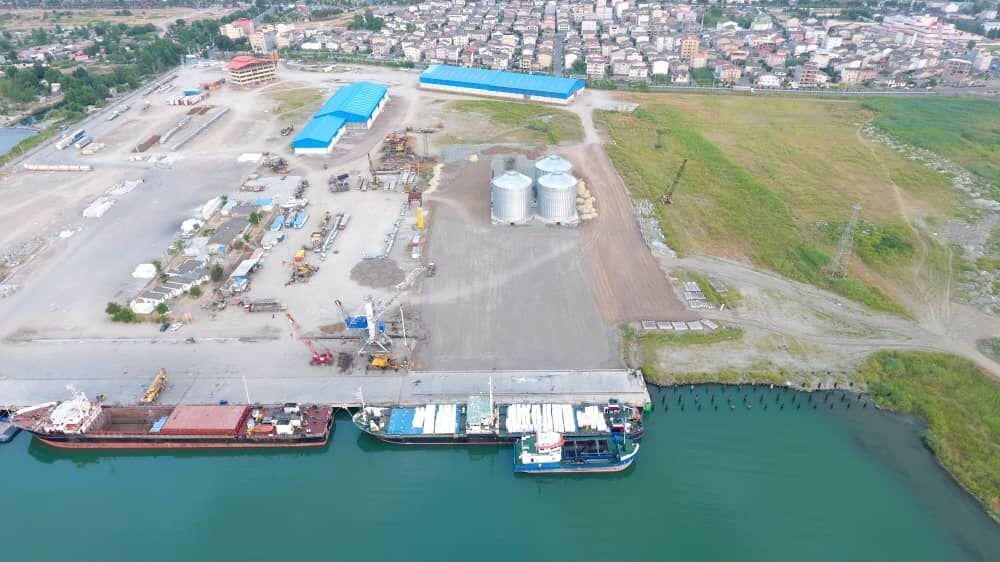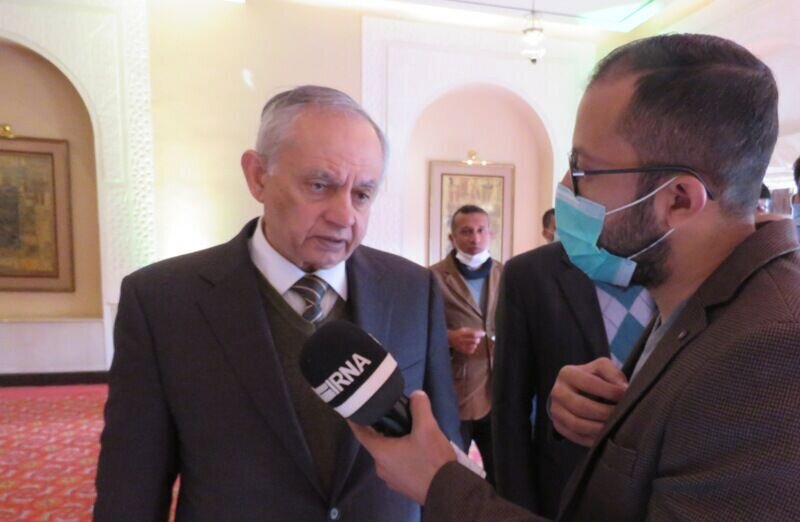Eni (NYSE:E) revealed Tuesday that it has signed a memorandum of understanding (MOU) with the People’s Republic of China on energy cooperation.
The MOU, which was signed by Eni Chief Executive Officer Claudio Descalzi and Director General of the International Cooperation Center of the National Development and Reform Commission Huang Yong, establishes a cooperation framework aimed at facilitating joint initiatives between Eni and Chinese counterparts across the entire energy value chain in China and internationally, Eni noted.
As part of the deal, the parties will explore potential opportunities of collaboration focusing on low-carbon energy sources, advanced technologies and circular economy initiatives, Eni outlined.
“Such a partnership allows Eni and ICC-NDRC to share knowledge and best practices, assess the impact of energy policies and market regulations, identify areas of mutual interest and develop relationships with Chinese institutions and companies at the national, provincial and municipal levels,” Eni said in a statement posted on its website.
Eni has been present in China since 1984 and recently established a new representative office in Beijing. The company conducts exploration, production, refining and marketing activities in the country, according to its website.
Earlier this month, Eni revealed that it had signed an MOU with Saipem to cooperate on the identification and engineering of decarbonization initiatives and projects in Italy. The companies intend to identify possible opportunities for collaboration related to the carbon capture, utilization and storage of CO2 produced by industrial districts in the Italian territory, Eni highlighted.
Back in July, Eni announced that it had signed an MOU with Sonatrach with the aim of expanding their collaboration in the context of upstream activities. In June, Eni and Korea Gas Corporation signed an MOU to identify specific cooperation opportunities in areas such as exploration and production projects, LNG projects, downstream and infrastructure projects and circular economy and low-carbon energy projects.
Source: https://www.rigzone.com/news/eni_signs_mou_with_china-30-dec-2020-164212-article/


